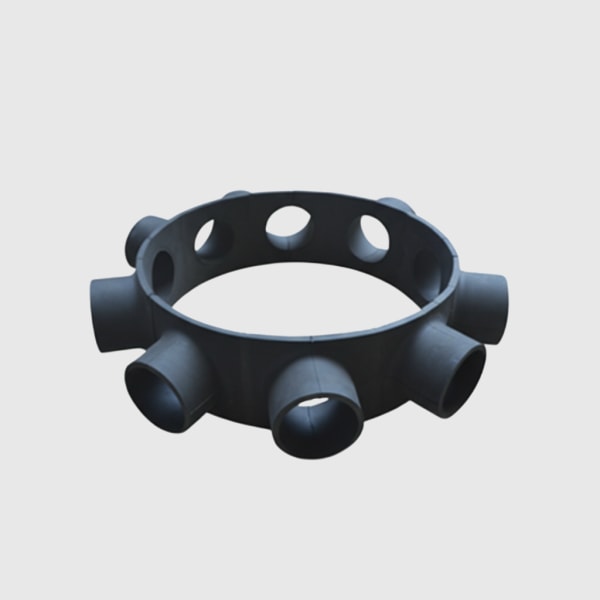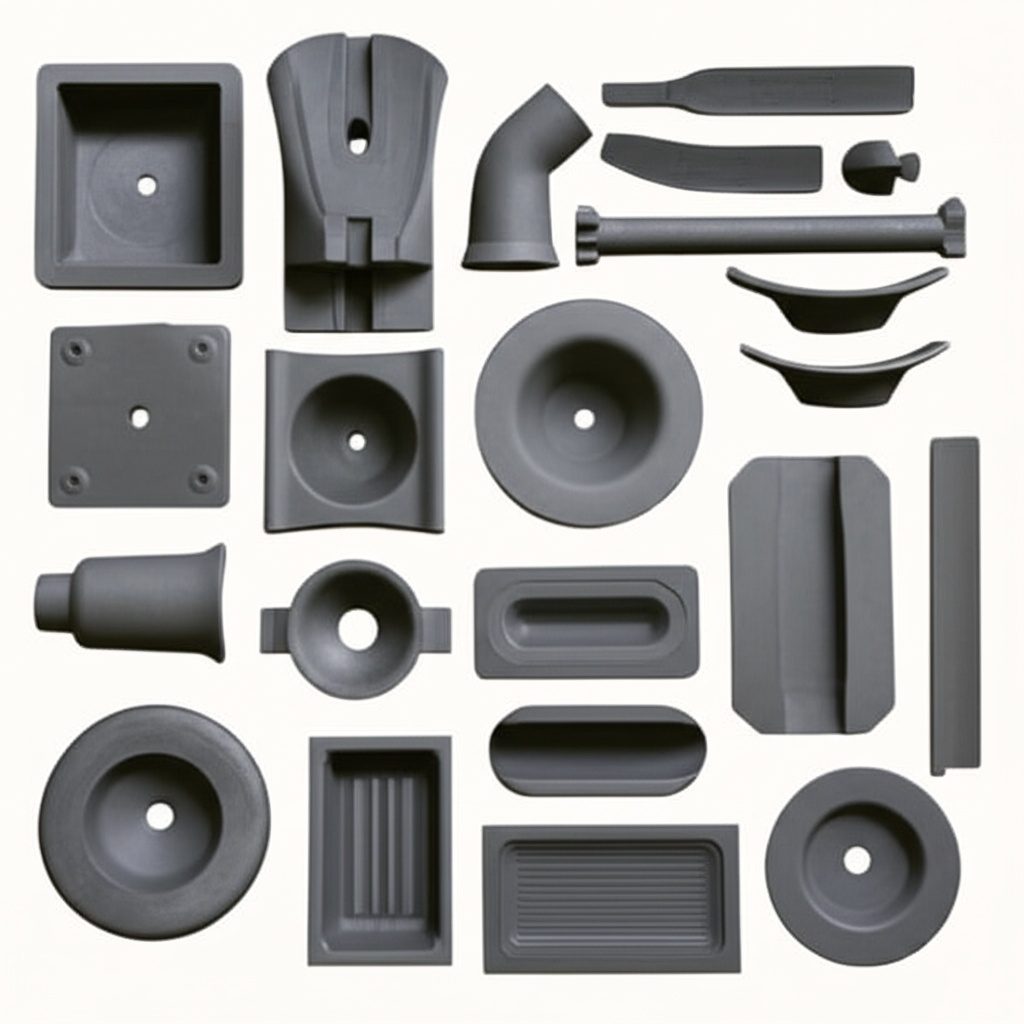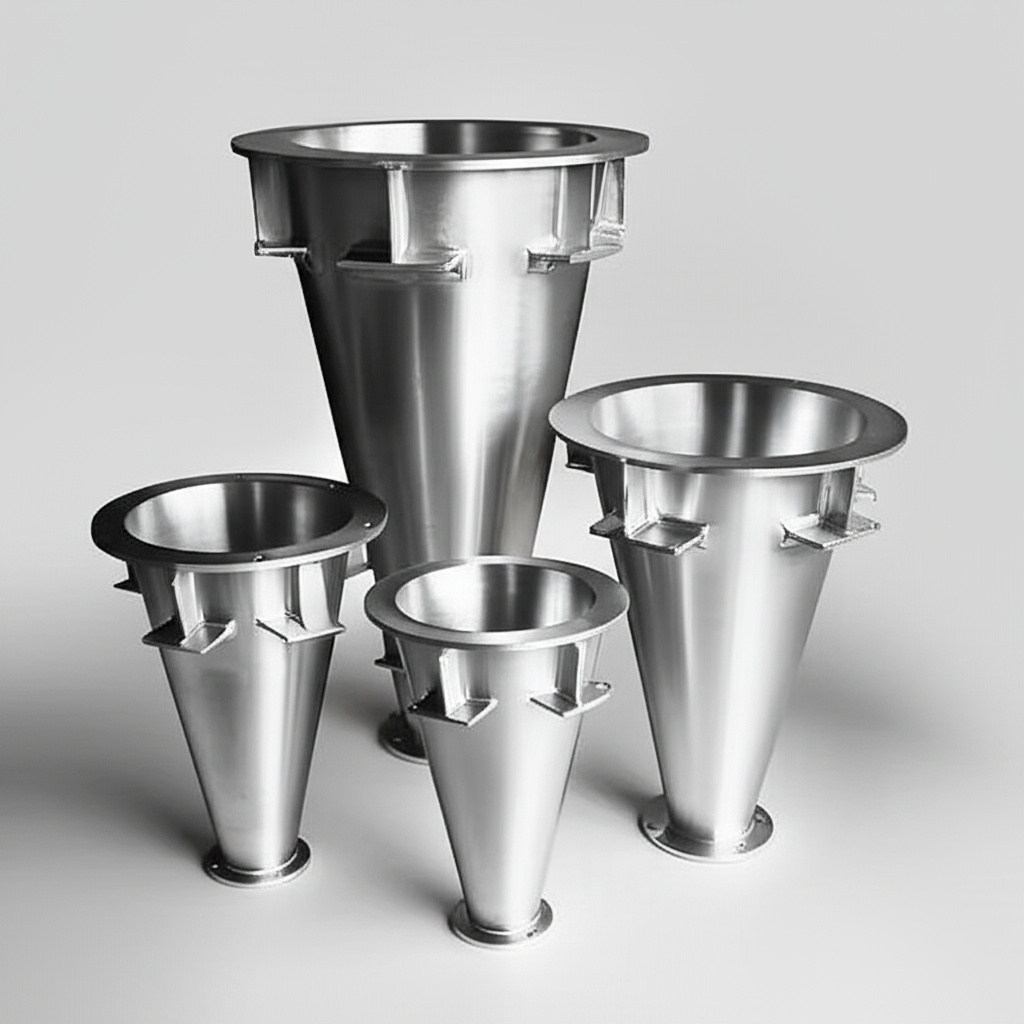Inteligentne moduły sterowania i diagnostyki UPS z konserwacją predykcyjną i integracją z IEC 61850

Udział
2025 Przegląd produktów i znaczenie rynkowe dla Pakistanu
UPS intelligent control and diagnostics modules are the digital core of modern, silicon-carbide-enabled power systems. They orchestrate rectifier-inverter operation, manage batteries and bidirectional converters, and provide predictive maintenance, cybersecurity, and standards-based communications. In Pakistan’s textile, cement, and stalowego industries—where the grid experiences voltage sags, harmonics, and planned outages—intelligent modules turn high-efficiency SiC hardware into resilient, compliant, and easy-to-operate infrastructure.
Key 2025 relevance:
- Aligns with expansion of industrial parks in Karachi, Lahore, and Faisalabad that require high-availability power for production lines and data rooms.
- Integrates with SiC rectifier/inverter stages to achieve >98% efficiency, PF >0.99, and THDi <5%, minimizing utility penalties and heat load.
- Embeds predictive maintenance to reduce failure rates by >40% through early detection of capacitor aging, fan degradation, and thermal hotspots—critical in hot, dust-prone plant rooms.
- Supports IEC 61850 for substation-grade interoperability, with Modbus TCP/RTU and SNMP for brownfield SCADA/BMS, enabling rapid commissioning and streamlined audits.
Sicarb Tech’s UPS control and diagnostics modules are purpose-built for SiC ecosystems: they pair with high-frequency PFC stages, three-level NPC inverters, high-temperature SiC gate drivers, and bidirectional BESS interfaces. Backed by the Chinese Academy of Sciences and a decade of SiC manufacturing experience, we deliver a turnkey path from devices to intelligent systems.

Specyfikacje techniczne i zaawansowane funkcje
- Control architecture
- Real-time DSP/ARM + FPGA co-processing for PWM, dead-time control, and fast fault handling (<10 μs)
- Multi-mode operation: double conversion, eco/high-efficiency mode, static bypass coordination, black-start sequencing
- Power quality and regulation
- PF control to >0.99 at PCC with active PFC coordination
- THDi targets <5% with adaptive harmonic mitigation and LCL filter tuning
- Output voltage regulation: ±1% with fast transient response for IT and process loads
- Predictive maintenance and analytics
- Health models for electrolytic film capacitors (ESR/temperature), fan bearing vibration/speed, IGBT/SiC module thermal cycles, and connector temperature rise
- Anomaly detection via trend analysis and thresholds; remaining useful life (RUL) estimates
- Event timeline with root-cause hints and recommended actions
- Communications and interoperability
- IEC 61850 (MMS/GSE), Modbus TCP/RTU, SNMP v3; optional IEC 60870-5-104 gateway
- PTP time synchronization (IEEE 1588) for precise event correlation
- Cybersecurity: role-based access control, signed firmware, and audit logs
- Środowisko i niezawodność
- Operating temperature: -20°C to +60°C ambient (electronics), designed for 45–50°C plant rooms with appropriate enclosure
- Conformal coating (H3TRB-class designs), dust-resistant ventilation strategies
- Redundant power inputs and watchdogs; MTBF optimization through component derating
- Integration with SiC hardware
- Interfaces to high-temperature SiC gate driver boards (DESAT fault inputs, soft turn-off coordination)
- Battery management: LFP/NMC support, SOC/SOH integration, charge optimization
- Microgrid functions: droop control, volt-var, volt-watt, seamless islanding transitions
Performance Comparison: Intelligent SiC-Optimized UPS Control vs. Conventional UPS Controllers
| Możliwości | Sicarb Tech UPS Intelligent Control and Diagnostics | Conventional UPS Control Units | Practical Impact for Pakistan’s Plants |
|---|---|---|---|
| Power quality optimization | PF >0.99, THDi <5% with adaptive filters | PF ~0.95, THDi 10–20% | Lower utility penalties, improved grid compliance |
| Konserwacja predykcyjna | RUL models for fans/caps/modules, thermal trend analytics | Alarm-based, reactive | >40% failure reduction, fewer emergency shutdowns |
| Response and ride-through | <5 ms coordinated response, seamless bypass and black start | 20–30 ms typical | Protects spinning frames, kilns, servers from sags |
| Interoperability | IEC 61850 native, PTP time-sync, SNMP v3 | Modbus-only in many cases | Faster commissioning, unified SCADA/BMS integration |
| Cybersecurity & logs | RBAC, signed firmware, tamper logs | Basic passwords | Easier audits, safer remote O&M |
| Odporność na warunki środowiskowe | Conformal coated, high-temp design | Standard office-grade | Reliable in dust, heat, and humidity |
Kluczowe zalety i sprawdzone korzyści
- Maximized efficiency and availability: Real-time coordination of SiC rectifier/inverter stages delivers >98% system efficiency and millisecond-level ride-through.
- Lower OPEX: Predictive maintenance and optimized thermal management reduce unplanned outages and component replacements.
- Faster deployment: IEC 61850 and Modbus interoperability shorten integration in mixed-vendor substations and plant SCADA.
- Compliance-ready: THDi <5% and PF >0.99 support evolving NTDC and utility expectations.
Expert perspectives:
- “Predictive maintenance combined with high-frequency SiC power stages is a cornerstone for next-generation industrial power reliability.” — IEEE Power Electronics Magazine, 2024 Reliability Insights (https://ieeexplore.ieee.org/)
- “IEC 61850-based integration improves situational awareness and reduces response time during grid events in industrial facilities.” — International Energy Agency, Digitalization of Energy Systems 2024 (https://www.iea.org/)
Zastosowania w świecie rzeczywistym i wymierne historie sukcesu
- Lahore industrial park: SiC UPS with intelligent control achieved 98.2% efficiency, <4 ms response, and annual failure rates <0.5%. Predictive alerts preempted fan replacements, avoiding two production stoppages.
- Textile (Faisalabad): PF 0.99 and THDi 4.6% at PCC cut power quality surcharges; yarn breakage events fell by 8% during voltage sag seasons.
- Cement (Punjab): Smart diagnostics identified capacitor ESR drift; scheduled replacement during planned outage prevented inverter trip—maintained kiln temperature stability, reducing fuel use by ~3%.
- Steel (Karachi): Time-synced event logs correlated grid dips with UPS behavior; nuisance trips dropped by 40–45%, improving throughput by ~3%.
Rozważania dotyczące wyboru i konserwacji
- Protocol planning: If substations use IEC 61850, specify PRP/HSR redundancy; otherwise ensure dual Modbus TCP and SNMP v3 for OT/IT convergence.
- Sensor coverage: Include thermal sensors on power modules, busbars, and cable lugs; enable fan tach feedback and door-ajar inputs for dust ingress control.
- Firmware governance: Establish change control with signed images and rollback capability; schedule quarterly diagnostics reviews.
- Environmental protection: Use IP54+ enclosures with positive-pressure fans in cement/steel; monitor filter differential pressure to schedule cleaning.
- Training: Provide operator HMI training on alerts and RUL models to convert insights into actions.
Czynniki sukcesu w branży i referencje klientów
- Success factor: Joint commissioning with the utility for PF/THD tuning at PCC accelerates approvals and avoids penalties.
- Success factor: PKR-denominated TCO modeling connects efficiency and maintenance savings to finance decisions.
- Customer voice: “The predictive maintenance dashboard gave us weeks of notice before a fan issue—zero downtime during peak season.” — Head of Maintenance, Faisalabad textile campus (verified summary)
Przyszłe innowacje i trendy rynkowe 2025+
- AI-enhanced diagnostics: Model-based and data-driven hybrid analytics for earlier fault detection and component lifetime extension.
- Cyber-hardened OT: Secure remote firmware updates, zero-trust networking, and anomaly detection tailored to UPS control traffic.
- Grid services: Frequency response and demand response participation via coordinated UPS/BESS dispatch.
- Local assembly and technology transfer: Pakistan-based controller production cuts lead times and supports customization for local codes.
Najczęściej zadawane pytania i odpowiedzi ekspertów
- Q: Can the module integrate with existing non-SiC UPS hardware?
A: Yes. We provide interface adapters and firmware presets for common rectifier/inverter brands; full benefits are realized when paired with SiC stages. - Q: How accurate are the predictive maintenance models?
A: Models are calibrated with temperature, current, and operating hours; typical prediction windows provide weeks to months of lead time, verified against field data. - Q: Do you support multi-UPS parallel systems?
A: Yes. N+1 and distributed parallel control with load sharing, automatic failover, and coordinated maintenance modes are supported. - Q: What about cybersecurity?
A: RBAC, encrypted comms, signed firmware, and audit logs reduce risk; we align with best practices for industrial control system security. - Q: How long is commissioning?
A: Typical brownfield commissioning: 1–2 weeks per site for protocol integration, PF/THD tuning, and predictive model baselining.
Dlaczego to rozwiązanie działa w Twoich operacjach
Pakistan’s industrial reality—heat, dust, and grid instability—demands more than efficient hardware. UPS intelligent control and diagnostics modules convert SiC hardware advantages into measurable uptime, lower PKR energy costs, and simpler compliance. With predictive maintenance and IEC 61850-native integration, your power system becomes smarter, faster, and more reliable.
Połącz się ze specjalistami, aby uzyskać niestandardowe rozwiązania
Accelerate your transition to intelligent, SiC-optimized UPS with Sicarb Tech:
- Ponad 10 lat doświadczenia w produkcji SiC, wspierane przez Chińską Akademię Nauk
- Custom product development across R‑SiC, SSiC, RBSiC, SiSiC and full control stack integration
- Technology transfer and factory establishment services for local assembly in Pakistan
- Turnkey solutions from devices and drivers to cabinets and test/burn-in ecosystems
- Proven track record with 19+ enterprises delivering quantifiable ROI
Request a free consultation, PKR-denominated TCO model, and site-specific integration roadmap. - Email: [email protected]
- Telefon/WhatsApp: +86 133 6536 0038
Reserve engineering slots now to de-risk summer 2025 operations and align with procurement cycles.
Metadane artykułu
Ostatnia aktualizacja: 2025-09-12
Następna zaplanowana aktualizacja: 2025-12-15

About the Author: Sicarb Tech
We provide clear and reliable insights into silicon carbide materials, component manufacturing, application technologies, and global market trends. Our content reflects industry expertise, practical experience, and a commitment to helping readers understand the evolving SiC landscape.




